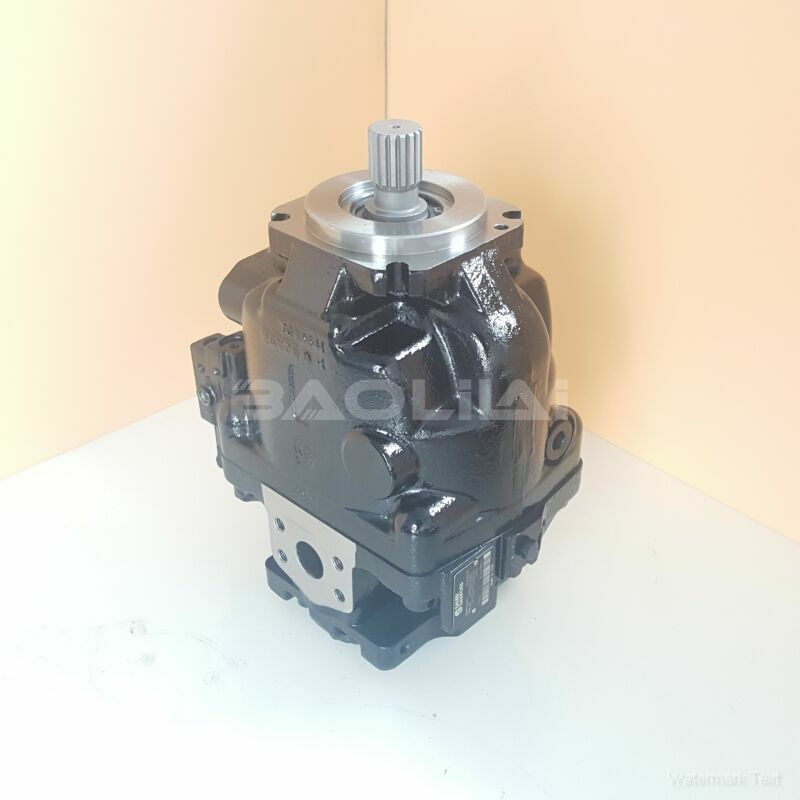ERR100BPC25NNNNN3K5NLA1NNNNNNNNNN danfoss pump
ERR100BPC25NNNNN3K5NLA1NNNNNNNNNN danfoss pump

- Product Details
- Applicable Scene
Hydraulic systems that utilize variable-speed circuits are essential in many industrial applications due to their efficiency and adaptability. However, operators often encounter flow instability, which can lead to erratic system performance and increased wear on components. Troubleshooting this issue requires a systematic approach to identify and resolve potential causes. Here’s a guide on how to effectively troubleshoot hydraulic pump flow instability.
ER-R-100B-PC-25-NN-NN-N-3-K5NL-A1N-NNN-NNN-NNN
ERR100BPC25NNNNN3K5NLA1NNNNNNNNNN
Understand the Basic Operation

7000086
Before diving into troubleshooting, it’s crucial to understand how the hydraulic pump and variable-speed circuits operate. Hydraulic pumps convert mechanical energy into hydraulic energy, and in variable-speed systems, the pump’s output can be adjusted based on demand. Generally, instability can arise from several sources including pump design, control system configuration, environmental factors, and system pressure conditions.
Identify Symptoms
The first step in troubleshooting is to observe and document the symptoms of instability. Common indicators include:
Fluctuating flow rates
Unusual noises from the hydraulic system
Increased vibration of the hydraulic components
Inability to maintain desired pressure levels
By accurately documenting these symptoms, you can create a clearer picture of the problem and potentially identify patterns that will aid in the troubleshooting process.
Check the Hydraulic Fluid
The condition of the hydraulic fluid is fundamental to stable operation. Insufficient fluid viscosity, contamination, or degradation can severely affect flow stability. Check the fluid reservoir for:
Contamination by dirt or water
Degradation due to temperature fluctuations
Appropriate viscosity for the operating conditions
If any issues are identified, replace or filter the fluid as necessary and monitor the system for improvement.
Inspect the Pump and Components
Next, examine the hydraulic pump and associated components for potential wear or damage. Key areas to focus on include:
Pump internals: Check for wear on the gears, vanes, or pistons.
Seals and gaskets: Look for leaks that could introduce air into the system.
Connections and fittings: Ensure all connections are secure and free from leaks.





